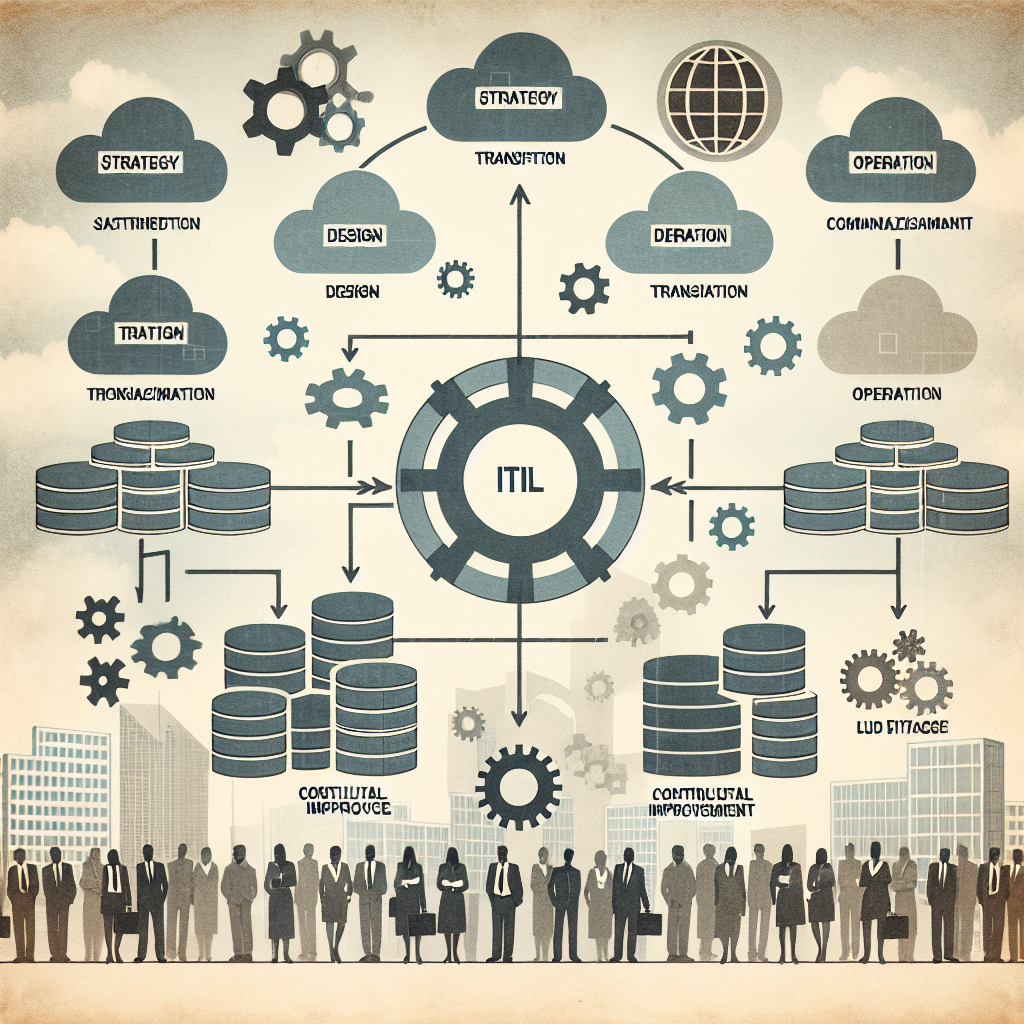ITIL (Information Technology Infrastructure Library) Application Management is a crucial component of IT service management that focuses on managing and maintaining the applications used within an organization. By implementing ITIL Application Management practices, organizations can ensure that their applications are effectively managed, maintained, and optimized to support business operations and deliver value to customers. In this article, we will discuss how organizations can successfully implement ITIL Application Management to improve their application performance and overall IT service delivery.
1. Understand the ITIL Application Management Framework: Before implementing ITIL Application Management practices, it is important for organizations to have a clear understanding of the ITIL framework and its principles. ITIL Application Management focuses on managing the lifecycle of applications, from development to retirement, and includes processes such as application design, deployment, operation, and optimization. By familiarizing themselves with the ITIL framework, organizations can align their application management practices with industry best practices and standards.
2. Define Roles and Responsibilities: Successful implementation of ITIL Application Management requires defining clear roles and responsibilities within the organization. This includes identifying individuals or teams responsible for application design, development, deployment, operation, and optimization. By assigning specific roles and responsibilities, organizations can ensure that tasks are clearly defined and accountability is established for each stage of the application lifecycle.
3. Establish Processes and Procedures: To effectively manage applications, organizations need to establish processes and procedures that govern how applications are designed, deployed, operated, and optimized. This includes defining workflows, documentation requirements, change management procedures, and performance monitoring processes. By establishing clear processes and procedures, organizations can ensure consistency and efficiency in their application management practices.
4. Implement Application Monitoring and Performance Management: Monitoring and managing the performance of applications is critical to ensuring that they meet business requirements and deliver value to customers. Organizations should implement monitoring tools and performance management processes to track key metrics such as application availability, response time, and resource utilization. By monitoring application performance, organizations can identify and address issues proactively, before they impact business operations.
5. Continuously Improve Application Management Practices: ITIL Application Management is an ongoing process that requires continuous improvement and optimization. Organizations should regularly review and evaluate their application management practices to identify areas for improvement and implement changes as needed. This includes conducting regular performance reviews, soliciting feedback from stakeholders, and staying abreast of industry trends and best practices.
In conclusion, successful implementation of ITIL Application Management requires a comprehensive understanding of the ITIL framework, clear roles and responsibilities, established processes and procedures, effective monitoring and performance management, and a commitment to continuous improvement. By following these best practices, organizations can optimize their application management practices and improve their overall IT service delivery.











